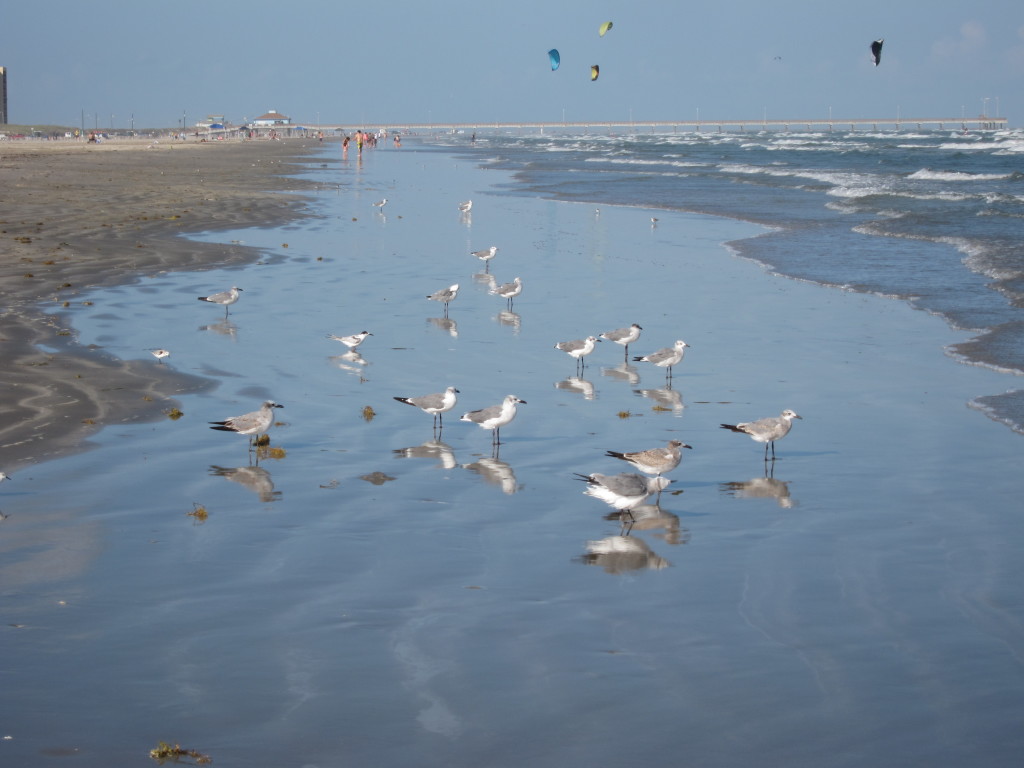 The CZMA encourages states to develop “plans which provide for increased specificity in protecting significant natural resources, reasonable coastal-dependent economic growth, improved protection of life and property in hazardous areas, including those areas likely to be affected by land subsidence, sea level rise, or fluctuating water levels of the Great Lakes, and improved predictability in governmental decision making.” These plans are referred to as Special Area Management Plans (SAMPs).
The CZMA encourages states to develop “plans which provide for increased specificity in protecting significant natural resources, reasonable coastal-dependent economic growth, improved protection of life and property in hazardous areas, including those areas likely to be affected by land subsidence, sea level rise, or fluctuating water levels of the Great Lakes, and improved predictability in governmental decision making.” These plans are referred to as Special Area Management Plans (SAMPs).
In some ways, the process can be more important than the final product. The development of a SAMP requires all responsible federal and state agencies be brought to the same table to determine how development in a particular geographic area should proceed. There are also public participation requirements which provide for stakeholder input. Eligible coastal states wishing to prepare and implement a SAMP may apply to NOAA for funding assistance.(known as Section 309 funding). A number of states have developed SAMPs, but no two are identical and few mandate land use regulations to implement the plans. (Davis, 2004). However, the SAMP provisions of the CZMA could provide a useful policy framework for dealing with climate change wetland impacts, especially on a regional basis.
In 1986 and again in 2005, the Corps of Engineers issued a Regulatory Guidance Letter encouraging districts to participate in the development of SAMPs for §404 permitting. The Corps uses SAMPs to assist in long-term planning and reduce challenges associated with traditional case-by-case permit reviews. SAMPs are usually only undertaken for sensitive environmental areas under strong development pressure. For example, in April 2007, the Corps approved a SAMP for two watersheds in Orange County, California. In 2010, the Rhode Island Ocean Special Management Plan was adopted, and in 2015 this plan was updated to include new scientific data and enhanced policies. The process leads to the development of a management strategy for the area and an alternative §404 permitting process for projects proposed within the SAMP boundaries. The plans identify areas that will be protected and preserved and those areas where future activity will be allowed, if certain criteria are meet. The Corps SAMP process, if embraced by state and local managers, could be a powerful mechanism for managing areas particularly vulnerable to sea level rise.



